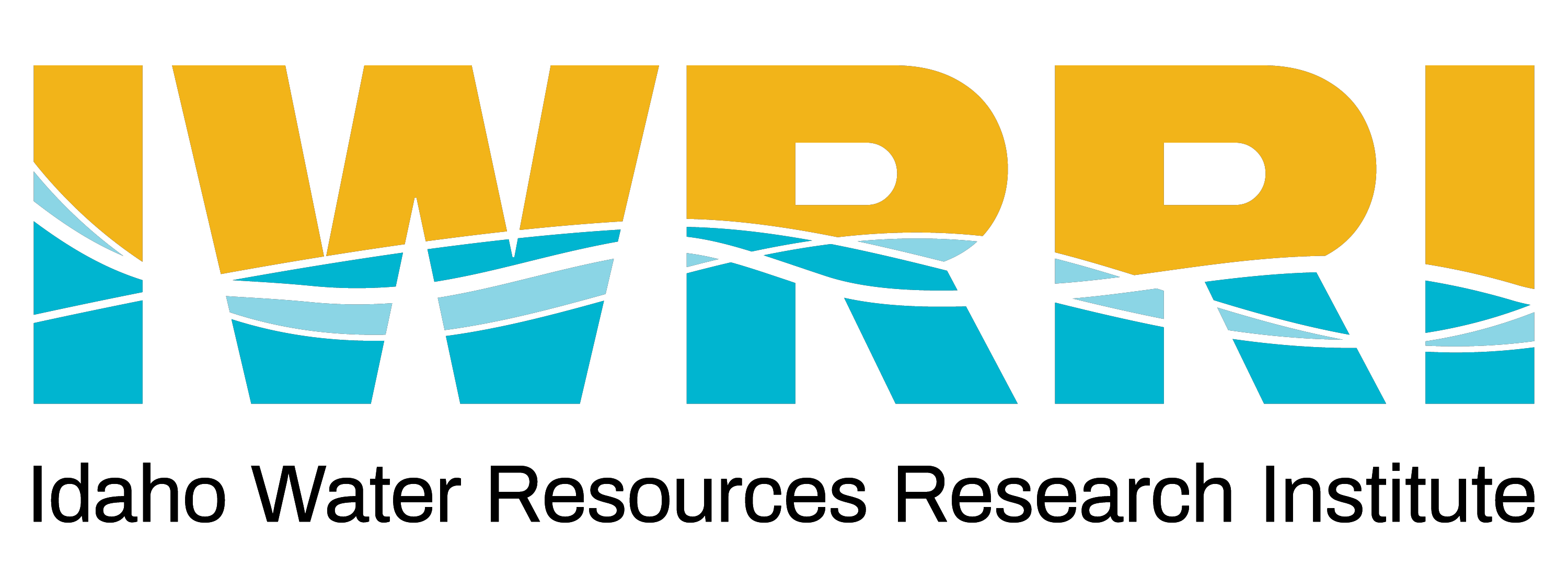Gianluca Blois, a professor of mechanical engineering at the University of Idaho’s Boise campus, works at the Center for Ecohydraulics Research (CER) with students to study how water moves through streams and rivers. Their research focuses on how stationary objects, like plants, affect water flow and the movement of sediments. This study used a specialized laboratory flume—a controlled stream environment—to measure water speed and pressure in aquatic systems. While scientists have long studied how landscape features like riverbanks and terrain influence water movement, the role of vegetation in the exchange of water between the surface and subsurface remains largely unknown. Many of Idaho’s rivers have been altered by human activity, and restoring native plants in and around waterways is a key part of improving these ecosystems. However, we still don’t fully understand how aquatic plants impact water flow, nutrient mixing, and surface and groundwater exchange. This research will help fill that gap, providing valuable knowledge to improve river restoration projects and their long-term success.
Similar Posts
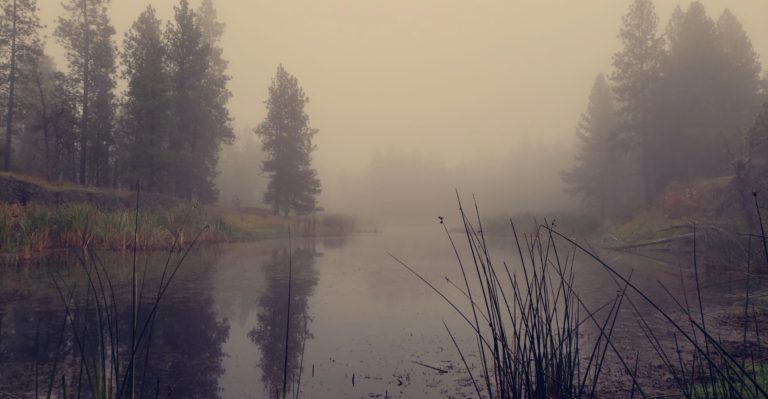
OUR GEM: Taking Public Comments Regarding Wetland Protection Rule Changes
by Sharon Bosley, Executive Director for the Basin Environmental Improvement Project Commission The Clean Water Act (CWA) was created to protect our water resources by regulating discharge of pollutants into the waters of the United States. Its goal is to help ensure all waters are swimmable, fishable and drinkable. The purpose of defining the Waters of the United States (WOTUS) is to determine which waterways are protected under the CWA. The definition determines which waters require permits for activities that…
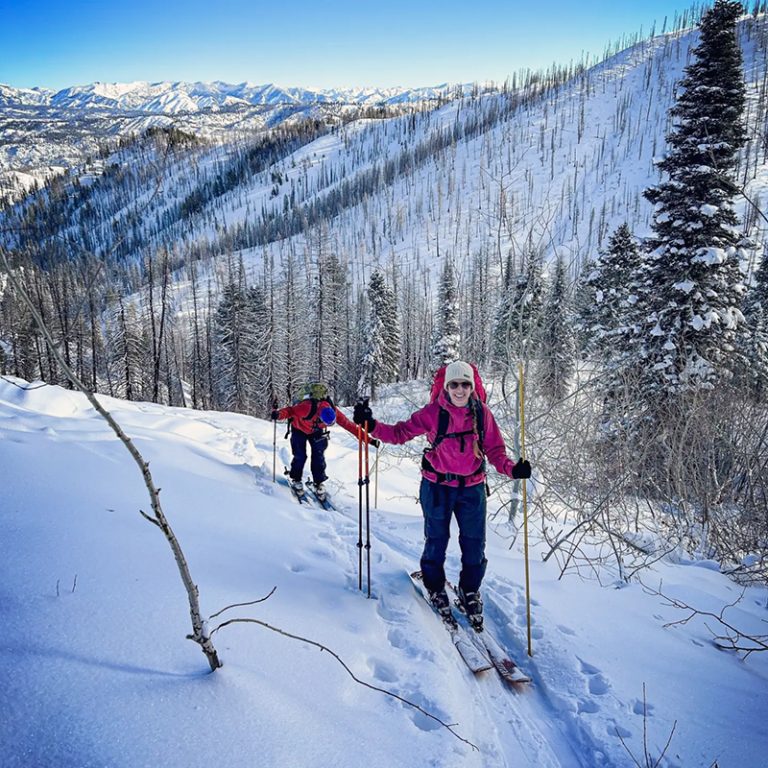
BSU Team Develop New Approaches to Estimating Contributions to Streamflow
Boise State University faculty Anna Bergstrom and her team investigated rain and snowmelt contributions to streamflow in the Mores Creek Watershed spanning the rain-snow transition zone in southwestern Idaho. Researchers commonly use naturally occurring water isotopes to track water sources allowing for the quantification of if streams are sourced from rain or snow. By developing new approaches to define rain and snow isotopic signatures, Bergstrom and team found that streamflow contribution estimates can vary by up to 20%, depending on…
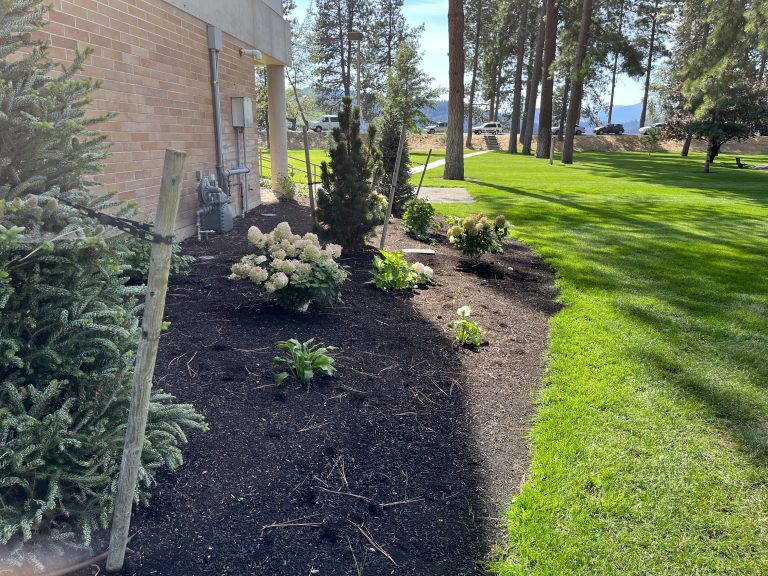
OUR GEM: Coeur d’Alene’s Wastewater History
OUR GEM: Coeur d’Alene’s Wastewater History By Mike Anderson, City of Coeur d’Alene Wastewater Utility Director In 1939, the City of Coeur d’Alene began treating its wastewater at a brand-new facility. This plant used secondary treatment, a new level of technology just beginning to be seen in large cities, but almost unheard of in small communities like ours, with a population of barely 10,000. Motivated by a desire to be a good neighbor and environmental stewards, the City was also…
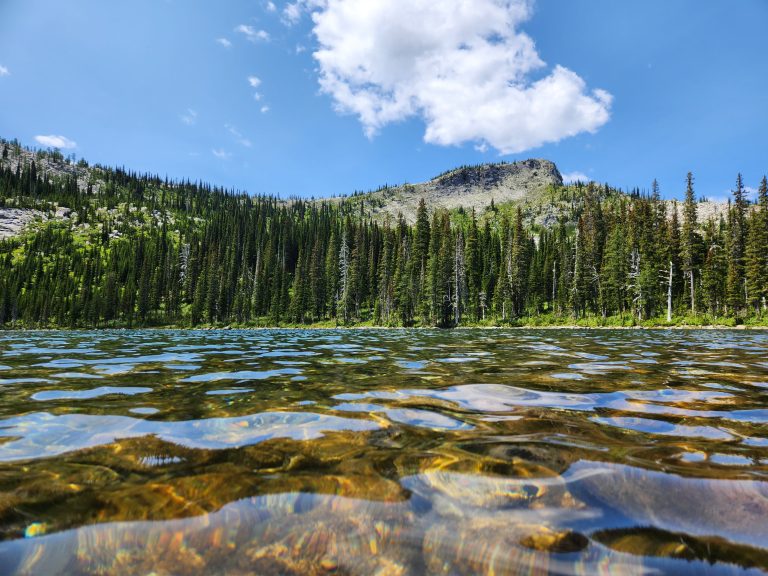
What do you value and why?
The following reflection was written and delivered by Post Falls resident, Jamie Esler, as part of Boise State University’s “Idaho Listens” event held at the Hagadone Event Center this past October. To learn more about Idaho Listens, or to watch all of the local speakers from the Coeur d’Alene Event, visit https://www.boisestate.edu/americanvalues/idaho-listens/ What do you value and why? The two of us sat on the ground within a few feet of each other but the berries were so thick we…
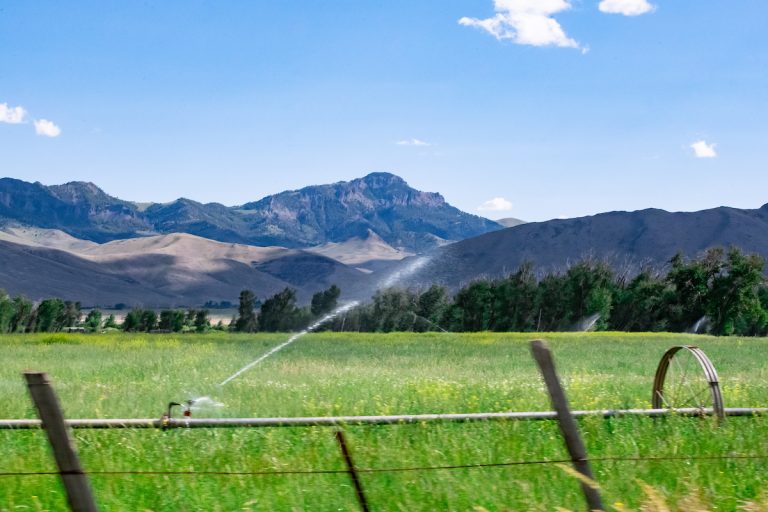
IWRRI Grant Recipients Work on Irrigation Efficiency in Southern Idaho
University of Idaho faculty Karen Humes and Russell Qualls, along with their students, analyzed 30 years of crop water use data in southern Idaho to understand variations in irrigation application needs. Their research examined how differences in wet versus dry years and cool versus warm years influence crop water use and irrigation needs. By considering forecasted climate conditions, farmers can make informed decisions about crop selection and irrigation allocation, optimizing water use and improving overall agricultural efficiency.
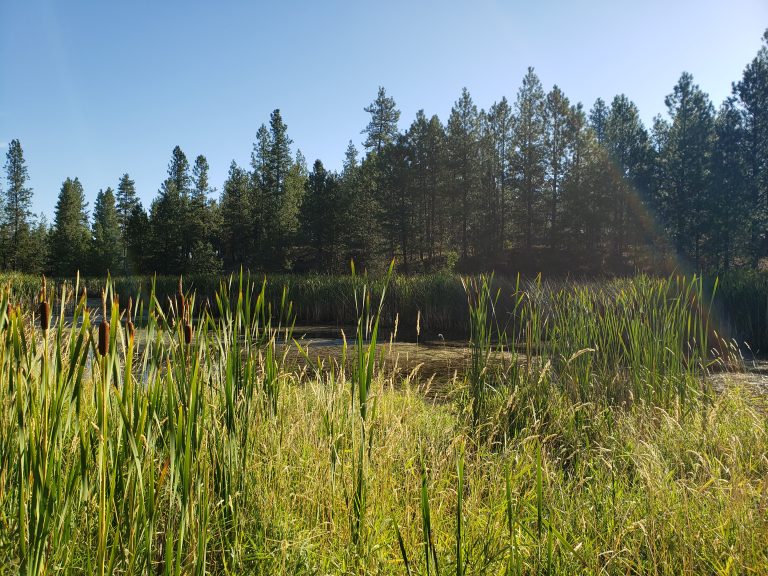
OUR GEM: Ecosystem Services That Wetlands Provide
Author, Meg Wolf- Interim Assistant Director/Idaho Water Resources Research Institute, University of Idaho Wetlands refer to the watery transition zones between surface water and dry land. They can be wet year-round or only during certain parts of the year, such as following spring runoff. Essential parts of a wetland include aquatic plants specifically adapted to live in fully saturated environments. In the Inland Northwest, non-tidal wetlands are prevalent, unlike coastal regions that support tidal wetlands. Nature’s Water Filters Wetlands act…
